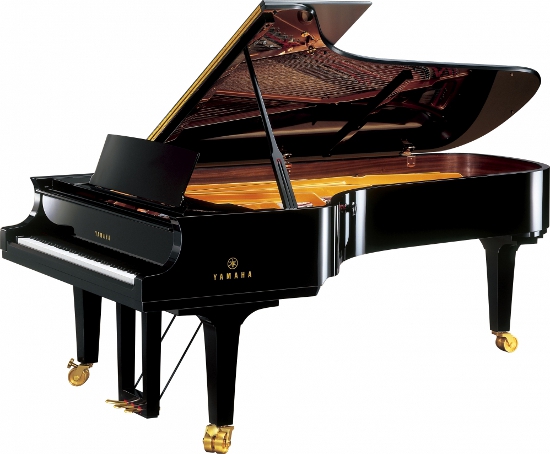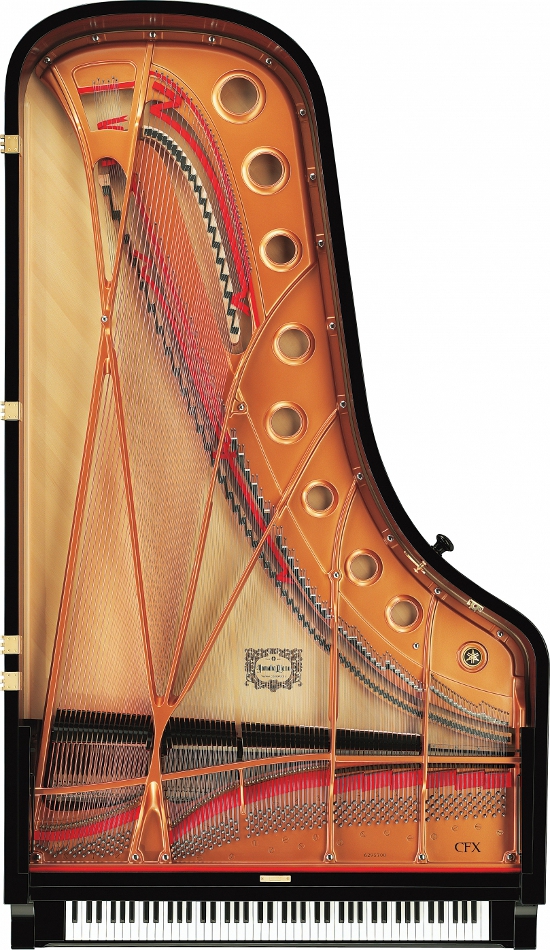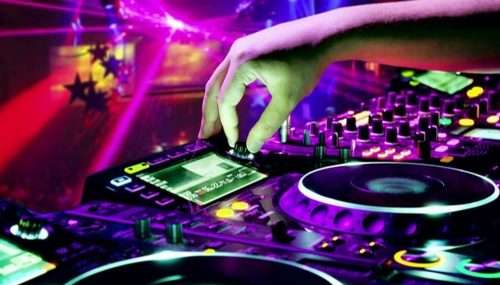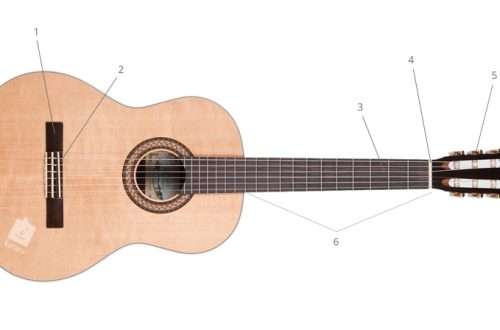
The power of the piano – an unobvious wealth of possibilities and sound
In many genres of popular music, the guitar has been ruling almost continuously for decades, and next to it, synthesizers, more often used in pop and club music. Apart from them, the most popular are the violin and other string instruments, very well received by listeners of classical music as well as modern genres. String instruments are eagerly used in new versions of rock songs, their sound can be heard in contemporary hip hop, the so-called classical electronic music (eg Tangerine Dream, Jean Michel Jarre), also jazz. And if one of our friends listens to classical music from time to time, the questioned person will probably find that he likes the one played the violin the most. Against this background, it seems that pianos are not so widely appreciated or widely used, even if they still appear in hits such as Skyfall, as accompaniment.

There is also an opinion that pianos are boring. Completely wrong. The piano is in fact one of the richest in terms of sound and offering the greatest possibilities of instruments. However, in order to fully appreciate its possibilities, you should listen to a good performer, preferably playing various and complex songs, preferably live. Much of the music is lost in the recording, and even more when we play it at home, especially if the room in which we listen to it has not been properly adapted and our equipment is not audiophile.
When thinking about the piano, one should also bear in mind that precisely because of its capabilities, it is often the basic instrument that helps the composer at work. In Poland, we associate the piano mainly with Chopin, but the piano and its predecessors (e.g. the harpsichord, clavichord, etc.) were played, and practically all the most famous composers, including Beethoven, Mozart, and the father of classical music, JS Bach, began their studies from him.
It is worth adding that Gershwin’s “Blue Rhapsody”, liked and balancing on the verge of classical and popular music, was written at the piano, and its final arrangement with the use of a jazz orchestra was made by a completely different musician. The position of the piano is also evidenced by the popularity of the piano concerto, where it is the piano that leads the entire orchestra.
Piano- huge scale, great possibilities
Each instrument, especially an acoustic one, has a limited scale, i.e. a limited range of pitch. The scale of the piano is much larger than that of a guitar or a violin, and it is also larger than that of most existing instruments. This means, firstly, a greater number of possible combinations, and secondly, a very large possibility of influencing the timbre of the sound through pitch. And the possibilities of the piano do not end there, they are just beginning …

Feet in action
It goes without saying why the more limbs are involved in the game, the more can be achieved. Pianos have two or three pedals. The forte pedal (or simply the pedal) interrupts the work of the dampers, which makes it possible to sound the sounds after releasing the keys, but not only…, about which later.
The piano pedal (una corda) lowers and makes the sound of the piano softer, which allows the listener to fall asleep in order to surprise him with something, introduce an idyllic atmosphere or imitate someone’s delicate character or voice.
In addition to this, there is a sostenuto pedal that only sustains the tones that have been pressed. In turn, in pianos and some pianos, it can muffle and change the timbre of the instrument in a specific way, so that it resembles a bass guitar – it is a real treat for people who like jazz or playing the bass.
Huge power
Each piano has three strings per tone, except for the lowest (two for pianos). This allows you to produce sounds with great dynamics, ranging from very quiet to so powerful that they break through the sound of the entire orchestra.
Is it a piano or an electric guitar?
It is also worth mentioning the specific sound effects that can be obtained on a piano.
First, the articulation and dynamics: the force and the way we strike the keys can have a powerful and subtle effect on the sound. From the sound of unstoppable power and anger to peace and angelic subtlety.
Second: each tone is made up of a series of overtones – harmonic components. In practice, this manifests itself in the fact that if we hit one tone and the other strings are not covered with dampers, they will start to resonate at a certain frequency, enriching the sound. A good pianist can take advantage of this by using the forte pedal so that unused strings resonate with those that have just been hit by the hammers. In this way, the sound becomes more spacious and “breathes” better. A piano in the hands of a good pianist can provide a sonic “space” unknown to other instruments.
Finally, the piano can make sounds that hardly anyone could suspect of this instrument. The right way of playing, and especially releasing the forte pedal, may cause the piano to emit a characteristic groaning sound for a while, which may resemble an electric guitar, or a synthesizer focused on making a violent sound. As strange as it may seem, it is just like that. The production of these specific sounds depends on the skill of the performer and the style of the piece





